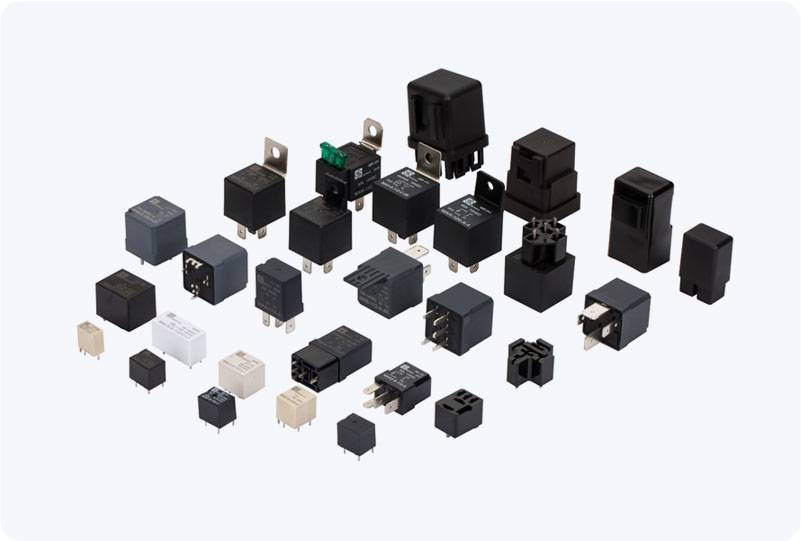In today’s world, automation has become an essential part of industrial and commercial applications, revolutionizing the way machines and systems operate. One critical component in the automation process is the Automation Relay, a device that plays a significant role in controlling various electrical circuits and systems. In this article, we will explore the purpose, types, applications, and importance of automation relays in modern industries.

What is an Automation Relay? An automation relay, simply put, is an electromechanical or electronic device that controls the opening and closing of electrical circuits. It allows for remote control of electrical devices, operating them based on input signals. Relays can control high-voltage or high-current devices using low-voltage signals, acting as a switch to automate a wide range of processes in industries such as manufacturing, power distribution, and home automation. How Does an Automation Relay Work? The basic operation of a relay involves an electromagnet that, when energized, creates a magnetic field that pulls a set of contacts to either open or close a circuit. When the relay coil is powered, the contacts change position, allowing current to flow through or be interrupted in the connected circuit. Once the coil is de-energized, the contacts return to their original position, and the circuit is either closed or opened, depending on the relay’s design.